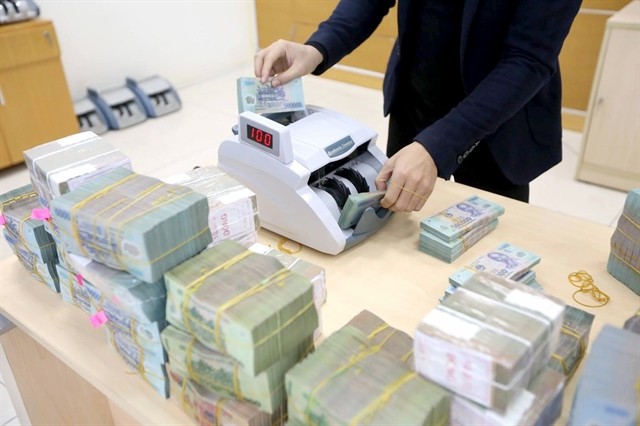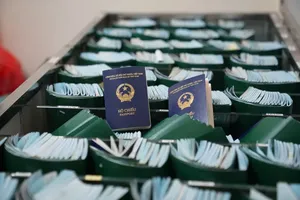
Nguyen Duc Lenh, Deputy Director of the State Bank of Vietnam (SBV)’s HCMC Branch, said the growth was among the highest in the year, and consolidated a rising trend.
He attributed the increase to three key factors -- seasonal demand, impact and effectiveness of the credit and monetary policies and action programs by the banking industry.
Demand for capital is usually high during year-end as enterprises need money for production and distribution of goods for the peak shopping season and the public for purchasing, according to Lenh.
Lending to businesses participating in the city’s market [price] stabilization program alone was worth VND13 trillion (US$537.59 million), and it was given to 24 companies at preferential interest rates of 4-6%, greatly contributing to reducing costs for businesses and thus prevent prices of essential goods from spiking.
The SBV’s monetary, credit and interest rate policies continued to be effective, and the current low interest rate regime had encouraged borrowing for production, market expansion and consumption, he said.
The central bank’s allocation of credit limits appropriately and rationally also had a positive impact on credit growth, enabling banks to exploit the year-end season well, he said.
Action programs by the banking industry to support enterprises, including one to connect themselves, also promoted credit growth, he said.
He said 32 meetings were organized in the city this year to link banks and businesses, enabling 162,000 companies, business households and co-operatives to obtain preferential loans and restructure their debts.
Notably, the disbursed amount was 120% of the credit packages lenders had registered at the beginning of the year, he said.
"If the year-end and the Lunar New Year are seasonal and short-term factors, factors related to monetary policies and implementation of solutions and action programmes are the fundamental and long-term bases that would promote credit and economic growth in 2024", he said.














)

)







